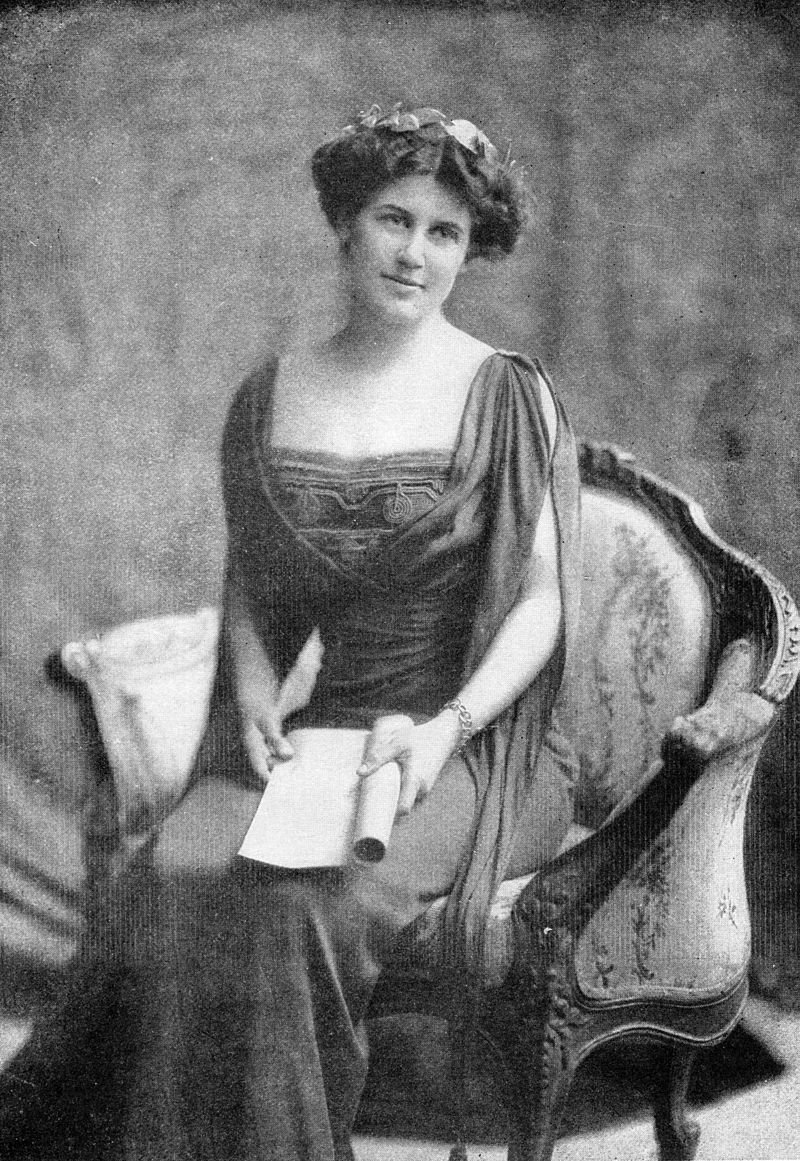Inez Milholland, Pt One: Beautiful Charmer, New England Woman, Outdoors Pal; with Leah Felicity Lucci (episode 22)
Gather ‘round, kids, for another suffrage story: INEZ! Great friend of the pod Leah Felicity Lucci listens to me go on about historical suffragist Inez Milholland. And because I am long-winded, this is a two-parter. Part One covers Inez’s early life through her college years. We get into the idea of The New Women of the early 1900s—her Gibson Girl style, how she was marketed in the media, and how feminism is always complicated. With bonus detours into pneumatic tubes, historical allyship, and how Leah needs to get herself to England.
SHOW NOTES:
Here is the Inez pic that Leah described in the episode.
Leah’s Skillshare class: https://www.skillshare.com/classes/How-to-Destroy-Your-Sketchbook-Reclaim-Your-Art/2089505027
Leah and I tried to describe pneumatic tubes, but if you want a slightly more scientific explanation, check out the youtube video How Pneumatic Tubes Work.
Guglielmo Marconi lived a fascinating life and could be a future topic for a Wikipedia Special. Seriously, check out his page if you are ready to fall down a very deep research hole.
As it turns out, Eastman is a common name! Max Forrester Eastman and Crystal Eastman were a radical sibling duo living in bohemian Greenwich Village in the early 1900s. They started a socialist magazine together, called The Liberator, in 1918. The magazine published essays, art, fiction, and poems by prominent figures including Ernest Hemingway, Helen Keller, and Claude McKay. Crystal was a lawyer who contributed to suffrage and the founding of the ACLU. Max was an activist who wrote about Marxism, communism, and eventually socialism, but changed his mind later in life and became an anti-Communist. He edited for Reader’s Digest for many of his later years.
The Eastman that Leah was asking about was George Eastman, founder of the Kodak camera company. You can read his life story on DigitalCameraWorld.com.
The two movies I confused were Enola Holmes (2020) and Suffragette (2015).
More on Inez’s suffrage rally at Vassar: It was held in June, 1908, when Milholland was a junior and alumnae were on campus. She invited a badass roster of women to speak, including Charlotte Perkins Gilman, writer of The Yellow Wallpaper. They had the meeting in a cemetery because it was across the street from the college, technically not on campus. It was referred to as the “graveyard rally” in the many New York newspapers that covered it.
I’m guessing the article Leah’s friend posted about LFO was “The Only Surviving Member of LFO Has a Story to Tell” in Esquire. That remaining member is Brad Fischetti. Rich Cronin died of leukemia in 2010 and Devin Lima died of cancer in 2018. The members of O-Town are still alive and kicking.
Follow Leah on instagram at https://www.instagram.com/leelee_lulu_/. Follow Val @val.howlett on instagram, and/or subscribe to Val Howlett on Patreon for bonus episodes and other goodies.

